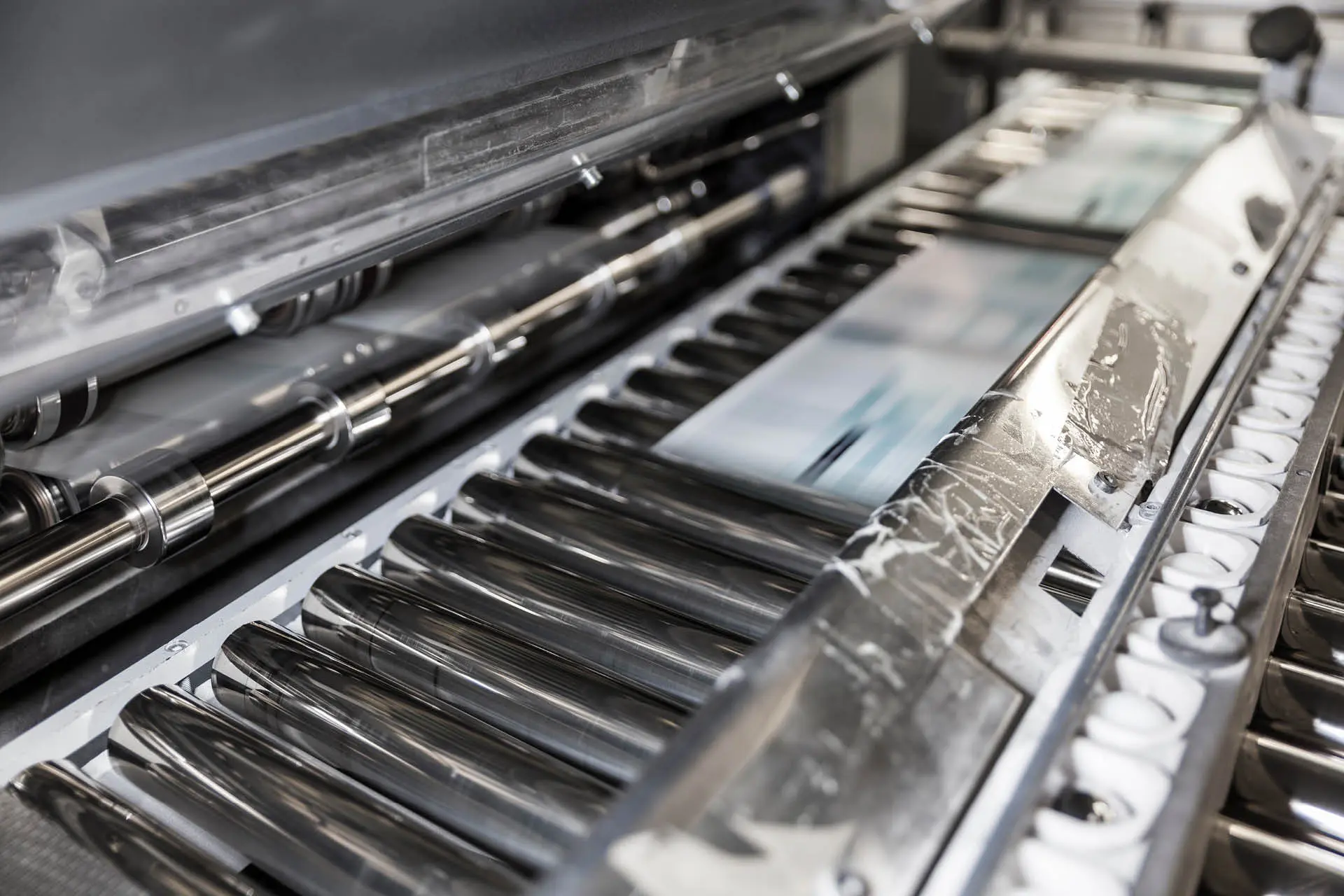Custom Designs Enhanced Through litho printing
Custom Designs Enhanced Through litho printing
Blog Article
A Comprehensive Overview to Comprehending Litho Printing Techniques
The globe of litho printing, a strategy originating from the late 18th century, is an interesting blend of history, innovation, scientific research and art. Keep with us as we journey into the exciting world of litho printing.
The Historical Advancement of Litho Printing
The historic trajectory of litho printing, a crucial development in the realm of communication, is a fascinating tale of human resourcefulness. Birthed in the late 18th century by Alois Senefelder, this technique was originally a cost-effective approach of publishing theatrical jobs. Lithography, acquired from the Greek words for 'stone' and 'to write', made use of a smooth stone surface to transfer pictures onto paper. The procedure progressed with the introduction of the rotating press, which greatly raised performance (litho printing). In the 20th century, the technology of offset lithography revolutionized the market, enabling for automation of top quality prints. Each stage of litho printing's advancement showcases humankind's ruthless pursuit of efficiency and quality in visual communication.
Translating the Scientific Research Behind Litho Printing Inks
Moving forward in the exploration of litho printing strategies, the emphasis now changes to the scientific research behind litho printing inks. The composition of these inks, their drying procedure, and color mixing techniques create the backbone of this complicated art type. Recognizing these elements is vital to understanding the craft and achieving the desired print results.
Make-up of Litho Inks
In lithographic printing, the essential role of litho inks can not be overemphasized. The composition of litho inks differs relying on its objective, but usually, they contain two major parts - pigments and cars. Pigments, the color-providing components, are finely ground bits put on hold in the car, a liquid that carries the pigment onto the printing surface area. The vehicle is an intricate combination of oils, solvents, and resins, which affect the ink's drying time, bond, and gloss. Additionally, numerous additives exist to boost certain residential or commercial properties like flow, drying, and resistance to ecological results. Each part plays an important component in the final print's quality, making the exact formulation of litho inks an elaborate scientific research.
Ink Drying Refine
From the make-up of litho inks, interest turns to the fascinating procedure of ink drying out. 2 key techniques are utilized in litho printing: oxidative drying and absorption. Absorption, on the various other hand, entails the ink seeping right into the paper fibers, which is a much faster procedure however can lead to much less vivid shades.
Color Combining Techniques
While the drying procedure plays a key role in litho printing, the science of shade blending strategies holds equivalent value. This is an intricate process that entails the mindful blending of key colors: cyan, magenta, and yellow, in differing percentages to attain a large array of colors. The addition of black ink, known as 'vital', helps in regulating the strength and depth of the shades. The scientific research behind litho printing inks additionally considers the openness of the ink, which affects just how colors overlay and mix. To accomplish an efficient shade mix, print experts have to likewise recognize the details of ink More about the author actions, color theory, and the physical properties of the substratum on which the ink is used.
The Art and Design Aspects in Litho Printing
Litho printing breathes life into art and design with its one-of-a-kind components. Litho printing suits a range of colors, enabling musicians to develop vivid and dynamic prints. This mix of precision and versatility makes litho printing a favored option for lots of musicians and designers.
Modern Applications of Litho Printing Strategies
Litho printing techniques have discovered substantial usage in the modern industrial industry. Its influence and value remain to grow with the introduction of new developments and innovations in the area. This area will certainly discover these contemporary applications and the transformative role they play in the printing sector.
Industrial Litho Printing Uses
Litho printing remains a vital component of the commercial industry. High-volume printing tasks, such as the production of books, papers, and product packaging, rely on litho printing for its capacity to deliver premium image top quality and expense performance. Litho printing also supplies a broad color spectrum, superior to that of digital printing.
Technologies in Litho Printing
Pressing the limits of typical strategies, modern improvements have fueled a host of developments in litho printing. One famous advancement is electronic litho printing, which incorporates the virtues of digital technology with litho's top quality output. These developments highlight the long-lasting significance of litho printing in the contemporary world.
Discovering the Refine of Litho Printing: Detailed

Obstacles and Solutions in Contemporary Litho Printing

Regardless of the accuracy and practice that litho printing happily promotes, it is not without its collection of modern difficulties. Digital litho printing allows for cost-effective brief runs and simple modification, resolving the issue of variable data. Hence, while there are obstacles, the litho printing sector is proactively adapting to satisfy them head-on, ensuring its relevance in the future.
Final thought
In verdict, litho printing, with its rich background and scientific details, holds a substantial place in the print sector. The future of litho printing pivots on its capacity to adjust to these changing needs, attesting its enduring worth in a developing market.

Report this page